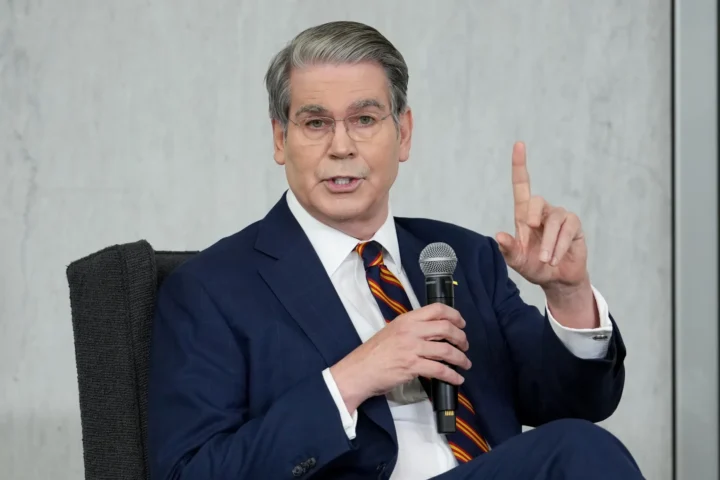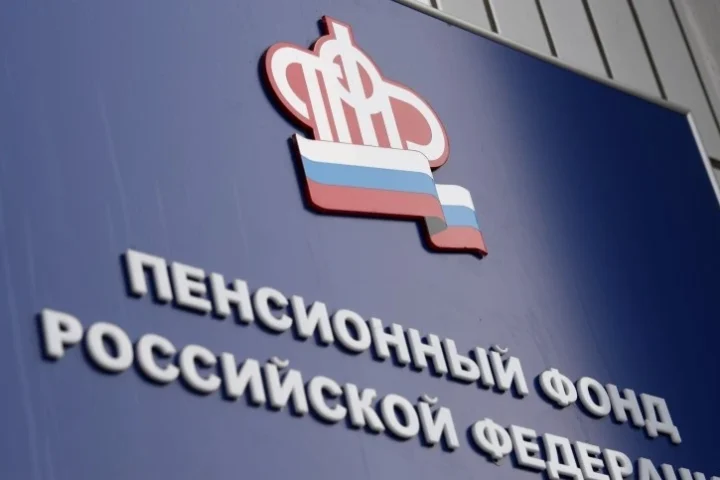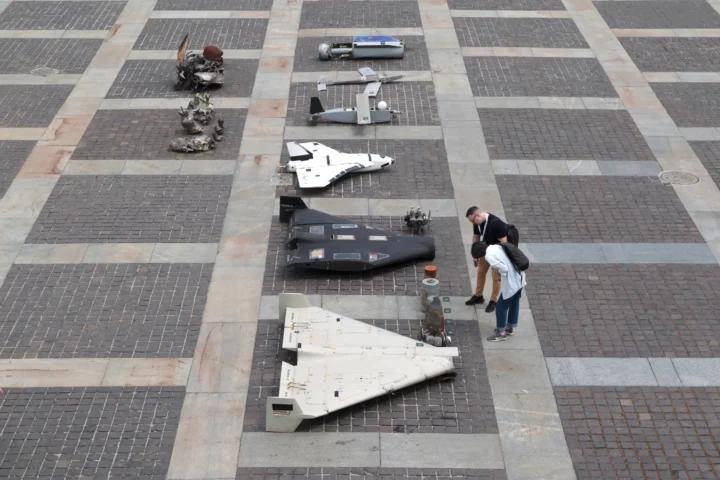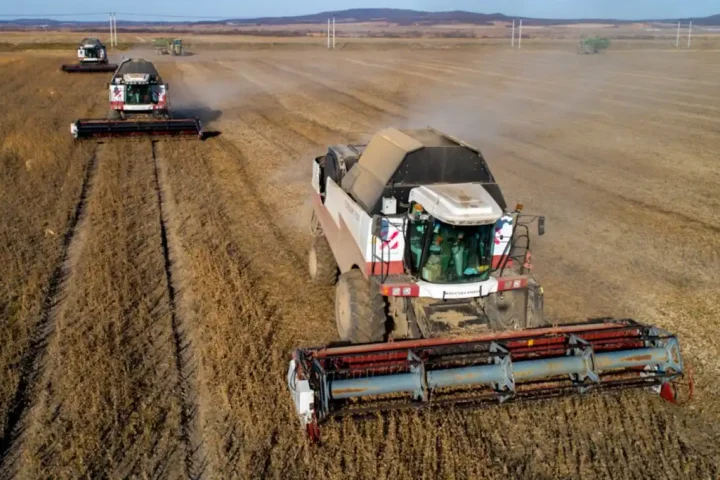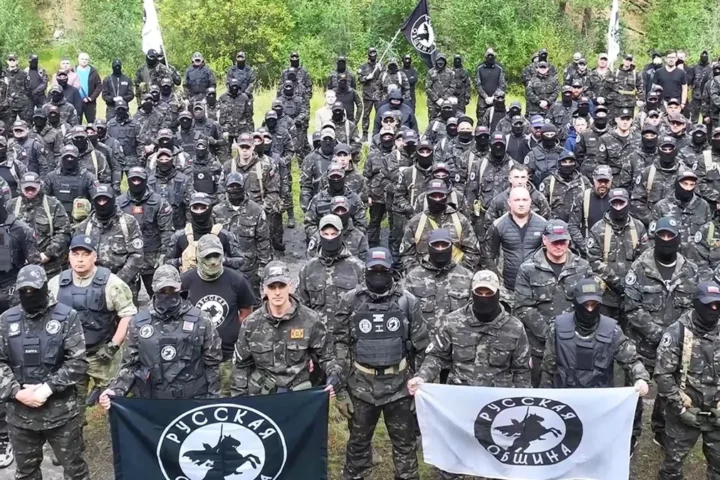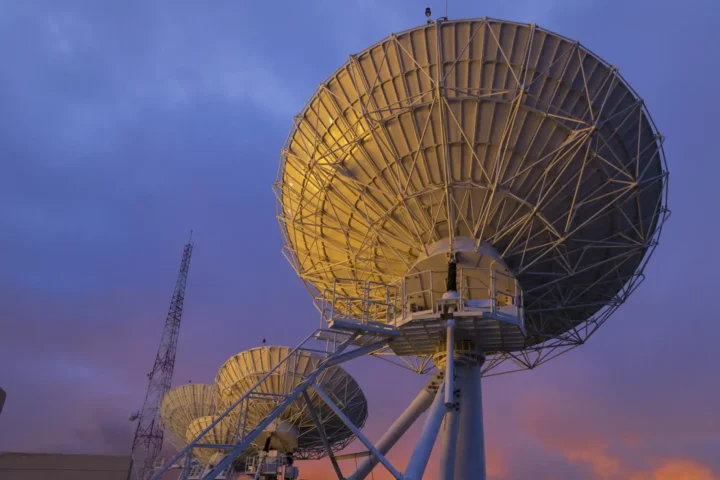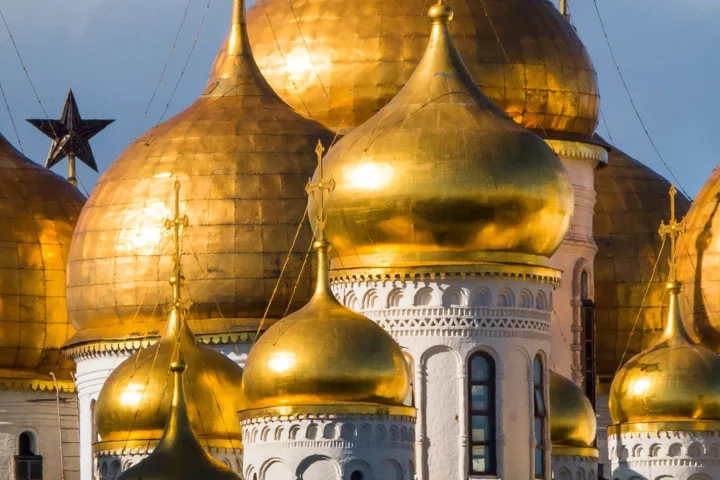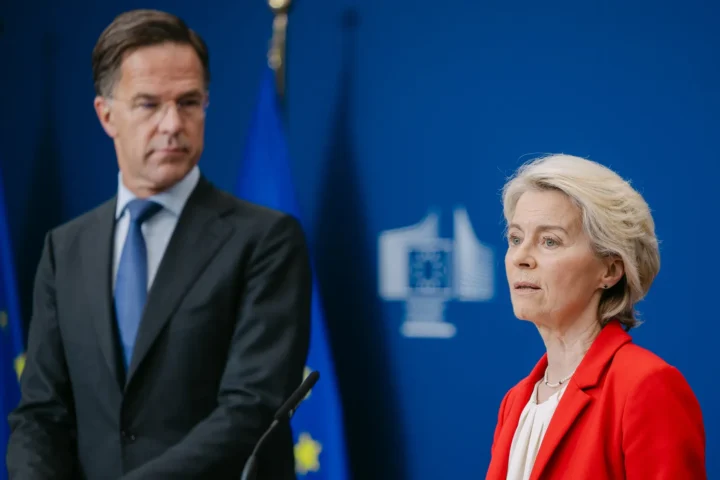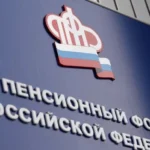Russia’s economy — reshaped by Vladimir Putin over the past two and a half years to serve the needs of war — is now facing perhaps its most serious crisis since the collapse of the USSR. According to Bloomberg, a combination of record-high military spending, falling oil revenues, a weakening ruble, and growing debt is already threatening the stability of the banking system and the state budget.
It is symbolic that at the very moment these economic warning signs are flashing, Putin is heading to Alaska to meet U.S. President Donald Trump. Officially, the goal is to discuss possible terms for ending the war in Ukraine. Unofficially, the Kremlin hopes to tie any agreement to the lifting of key sanctions.
Trump, who Bloomberg says senses his negotiating strength, has openly pointed to Russia’s economic weakness: “It’s in terrible shape right now.” Analysts believe he intends to use this as leverage, particularly in the oil market.
Banks Under Military Budget Control
From the first days of the February 24, 2022 invasion, the Kremlin moved to subordinate the banking sector to the war effort. The very next day, Putin signed amendments to Law No. 29-FZ, obliging banks involved in defense contracts to issue preferential loans to military contractors — regardless of profitability or creditworthiness.
Initially, the strategy worked. Despite the disconnection of major Russian banks from SWIFT, the freezing of $300 billion in reserves, and the $60-per-barrel price cap on Russian crude, Moscow stabilized the ruble through strict currency controls and reoriented oil exports to China, India, and via intermediaries in Turkey, Kazakhstan, and the UAE.
But behind the façade of “stability” a debt pyramid was quickly growing. According to Craig Kennedy of Harvard University, between July 2022 and November 2024, corporate debt in defense and related industries grew by 71%, reaching 36.6 trillion rubles — a massive sum, much of it hidden in the “shadows” and effectively beyond regulatory oversight.
Inflation, Rates, and Bankruptcy Risks
The combination of record military spending and a loose monetary policy accelerated inflation: by mid-2025, prices had risen by more than 10%, with basic foodstuffs soaring in cost.
The Bank of Russia was forced to raise its key interest rate to 21% — the highest in 20 years. For banks, this was a major blow: they had to pay high interest on borrowed funds while holding portfolios of low-interest war loans.
Even key figures in the defense industry acknowledged the danger. Rostec head Sergei Chemezov warned: “If we keep working like this, most of our enterprises will go bankrupt.” Central Bank Governor Elvira Nabiullina spoke of “explosive growth” in lending and the risks of excessive indebtedness.
Two Economies and the Collapse of Oil Revenues
By 2025, it was clear that Russia had developed two parallel economies: an overheated military sector running at full throttle, and a civilian sector sliding into decline.
GDP growth, which exceeded 4% in 2024, fell to 1.1% in the second quarter of 2025. The IMF downgraded its forecast to 0.9%. The construction and consumer sectors showed signs of recession.
The sharpest blow came from the oil market: from a peak of $100 per barrel at the start of the war, prices had fallen to around $60 by summer 2025, with Urals crude selling for about $55. This drop in revenue pushed the July budget deficit to 4.9 trillion rubles, surpassing even the peak of the pandemic. Analysts at the Gaidar Institute warned that the National Wealth Fund could be depleted by year’s end.
Risk of a Banking Crisis
In the summer of 2025, amid the threat of tighter U.S. sanctions, discussions began behind closed doors in banking circles about the possible need for large-scale state injections into major lenders. Bloomberg reported that some systemically important banks had already prepared internal rescue scenarios.
At the St. Petersburg Economic Forum, Economy Minister Maxim Reshetnikov warned that the country was “on the verge of slipping into a recession.” Sberbank CEO Herman Gref described the situation as a “perfect storm,” while Finance Minister Anton Siluanov blamed the Central Bank for a lack of coordination. Putin demanded that a recession “not be allowed under any circumstances,” but by August, major banks were reporting collapses in key metrics: VTB’s net interest income dropped by almost half.
Alaska: Negotiations Amid Crisis
According to Bloomberg, at the Alaska meeting, Putin will demand recognition of Russian control over Crimea and all of Donbas, as well as the lifting of sanctions. Ukraine and European allies have already rejected these terms.
Trump told CNBC: “If you knock energy down another $10 a barrel, Putin’s going to stop the war — he’s going to have no choice because his economy is in horrible shape.”
Inside Russia, there are fears that even if a deal is struck with the U.S., cutting military spending would lead to bankruptcies among defense contractors dependent on preferential loans. But continuing the war under tighter oil sanctions could be even riskier.
Possible Scenarios After the Alaska Meeting
1. Continued War and Tighter Sanctions
If the talks fail and additional restrictions are imposed on Russian oil exports, the price of Urals could fall to $45 per barrel. This would strip the budget of a large share of foreign currency income, speed up the depletion of the National Wealth Fund, and force deep cuts in civilian spending. The banking system would face defaults among defense contractors and a surge in overdue loans, increasing the likelihood of large-scale state bailouts. Bloomberg puts the risk of a systemic banking crisis in 2026 at “moderate but rising.”
2. Partial Settlement With Continued Fighting
A temporary ceasefire without a final territorial resolution could lead to a partial “freeze” on sanctions, easing some pressure on the financial sector. However, the economy would remain militarized, defense sector debt would keep rising, and double-digit inflation would persist, stalling recovery in civilian industries.
3. Full Deal With the U.S.
If Putin accepts terms favorable to Trump, some sanctions could be lifted, including restrictions on oil exports. This would stabilize the budget, but “demilitarizing” the economy would be painful: defense plants dependent on military orders could face mass bankruptcies. The state would have to implement a large-scale conversion program for military production, requiring investments and time that the Kremlin might not have.
As Bloomberg notes, Russia is now trapped: war has become a structural feature of the economy, and any direction — whether continuing the conflict or trying to exit it — carries serious risks. The outcome of the Alaska meeting will reveal who plays their cards better — Putin, with shrinking room to maneuver, or Trump, exploiting the weaknesses of Russia’s economy.
This article was prepared based on materials published by Bloomberg. The author does not claim authorship of the original text but presents their interpretation of the content for informational purposes.
The original article can be found at the following link: Bloomberg.
All rights to the original text belong to Bloomberg.







